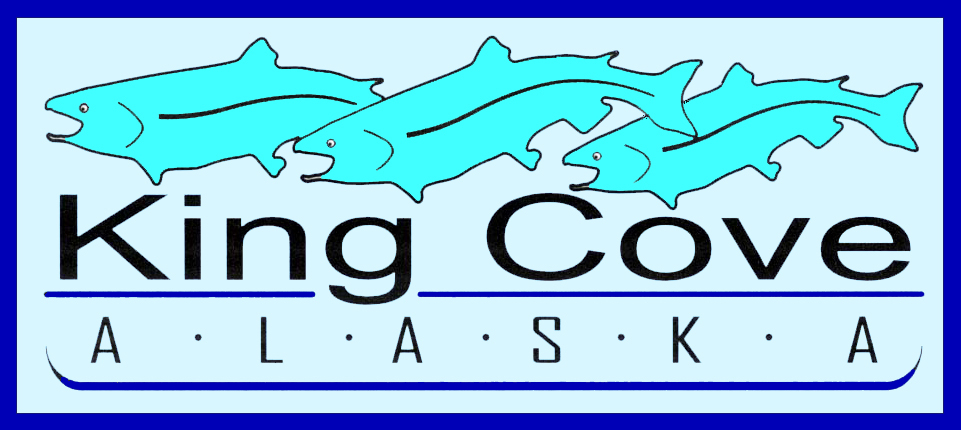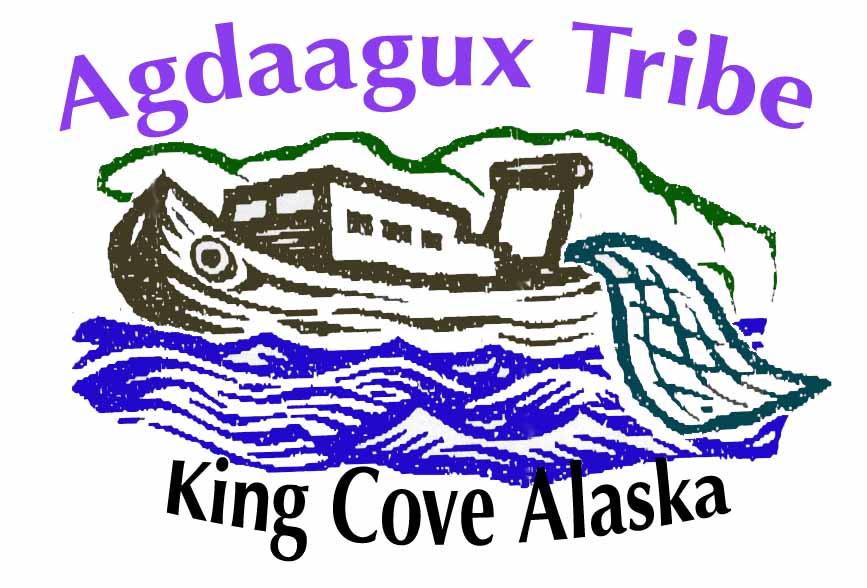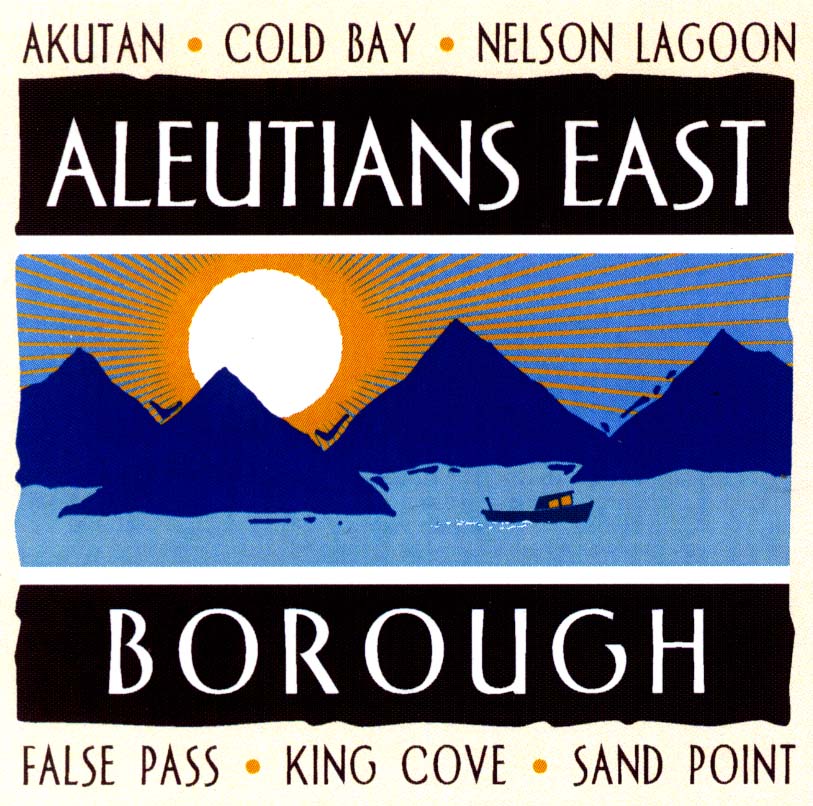 |
 |
 |
|||||||||||
 |
 |
||||||||||||
| izembekenhancement@gci.net | |||||||||||||
|
Issue #4 - Why a hovercraft for the road marine link? |
|||||||||||||
| The hovercraft was chosen after extensive analysis by Glosten & Associates. Glosten, as part of the NEPA process, was tasked with evaluating the type of craft to complete the road/marine link. Given the climatic conditions in the Cold Bay area, economic factors and environmental factors, Glosten recommended the hovercraft over a conventional ferry. The hovercraft would also be operational when a vessel wouldn’t there have greater medivac potential and a smoother ride. What were the climate conditions that made the hovercraft better than a conventional vessel? First, Cold Bay is subject to seasonal freezing because of the large amount of fresh water that drains into the bay. Every eight to ten years, the bay will freeze solid. At other times, shore ice will form past the Cold Bay dock and well as making the dock inaccessible to passenger from vessels. The icing conditions required a conventional vessel to have a reinforced hull to break the ice. A hovercraft skims over the ice. The hovercraft does not require a dock so the icing conditions at the dock are irrelevant. What are the economic factors that entered into the decision? Neither the hovercraft nor the conventional ferry is cost effective given the amount of passenger traffic between King Cove and Cold Bay. Of the two, the hovercraft would require a smaller subsidy. The subsidy issue was driven by two major factors: crew size and the cost and loss of revenue due bi-annual Coast Guard inspections. The hovercraft had and initial crew of three while the conventional ferry would have been as high as seven. The USCG regulation requires every ferry vessel to under go a biannual inspection out of the water. The conventional ferry would have had to go to Seward or Ketchikan to be hauled out and inspected. A minimum of ten day to a maximum of twenty one day would be required. The hovercraft could be inspected on site. What were the environmental factors that made the hovercraft better? The hovercraft requires only concrete ramps and a maneuvering pad on land while a conventional ferry requires docks at the beginning and end of the trip. Unfortunately, the dock in Cold Bay is not sheltered from the winds and occasional icing. Construction of two major breakwaters and a mooring basin would have been required. The only suitable area outside of the Izembek and Alaska Peninsula Refuges was in the highly sensitive Russell Creek. Is the hovercraft operating now? Yes. The hovercraft started commercial operations in August 2007. The hovercraft arrived in King Cove in August 2006. It took a year to resolve a number of manufacturing issues, hiring and training the crews, and receiving U.S. Coast Guard certification. What are the operating costs? At this time it is too early to tell. What is known is that the USCG increased the crew requirements to four. Insurance is much higher than anticipated. The original estimate for hull and liability insurance was $150,000. The current annualized insurance premium is $280,000 with an increase for the next year estimated at 10%. Please review the following pro forma financial statement from Northern Economics, Inc. This is our most current and comprehensive assessment of projected operating revenues and expenses for the hovercraft. As can be observed from the pro forma, the projected operating deficit for year 1 is expected to be about $400,000. This deficit, combined with the $300,000 depreciation cost that needs to be built into the overall operating structure, suggests that a -$700,000 net operating LOSS is likely. |
|||||||||||||
| © 2012 Izembek Enhancement.org |
|||||||||||||